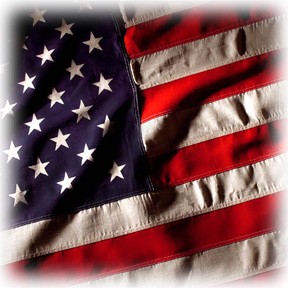
The George W. Bush Presidential Center is 225,000 square feet—the second largest presidential library behind Ronald Reagan’s in California. (Joy Xac / Rotunda)
The Bush Presidential Center is a 225,000 square foot building opening along SMU Boulevard April 25.
This will lead to a flurry of activity on campus, which history dictates will include visits from all living presidents, the governor and other political figures.
The center is fundamentally different from most other presidential libraries because it’s split into four pieces.
The first 43,650 square feet is the actual Bush Presidential Library and Museum.
This houses the usual characteristics at presidential libraries, including the permanent and temporary exhibition halls, the restaurant and the gift shop.
The next part of the center is the archives that are located underneath the library that contain some of the 43,000 artifacts and 70 million pages of documents that aren’t out in the exhibits.
However, more than half of the square footage of the building will not be devoted to the library, museum or archives, but to other causes, thus creating a center, rather than simply a library.
The third section is the infrastructure for the Bush Institute, a policy center founded by the Bushes in 2009 that has the mission of “advancing freedom by expanding opportunities for individuals at home and across the globe.”
The institute was founded upon five key tenets of George W. Bush’s presidency: economic growth, educational reform, global health, human freedom and military service initiative.
Laura Bush’s efforts as first lady convinced George W. Bush to add women’s initiative to the engagement areas of the institute.
The fourth and final part of the center is the offices of the Bush Foundation. This organization has been one of the primary fundraisers in gathering the $250 million that the center has cost to build.
The Bush Presidential Center is the second largest presidential library. It stands behind Ronald Reagan’s 247,000 square foot library located in southern California.
The center’s $250 million price tag makes it the most expensive presidential library built to date.
Even after adjusting for inflation, President Clinton’s library, which opened in Little Rock, Ark. in 2004 as the most expensive at that time, was just under $200 million.
Franklin D. Roosevelt’s library cost just $376,000 in 1940 when it opened in Hyde Park, N.Y.
In today’s dollars, that would be about $6 million, less than one-fortieth the price of the center opening at SMU.
Every president since Herbert Hoover has built a library. Each of these has all of its contents managed by the National Archives and Records Administration.
The Bush Presidential Center is the 13th library to date.
George Washington’s, in Mount Vernon, Vir., is scheduled to be the 14th. It will be the first built and maintained without government funding.
The Bush Presidential Center will be the third presidential library in Texas, alongside Lyndon Baines Johnson’s, in Austin, and George H. W. Bush’s, in College Station.
This will make the Lone Star State the leader among presidential libraries. California has two, and no other state has more than one.











